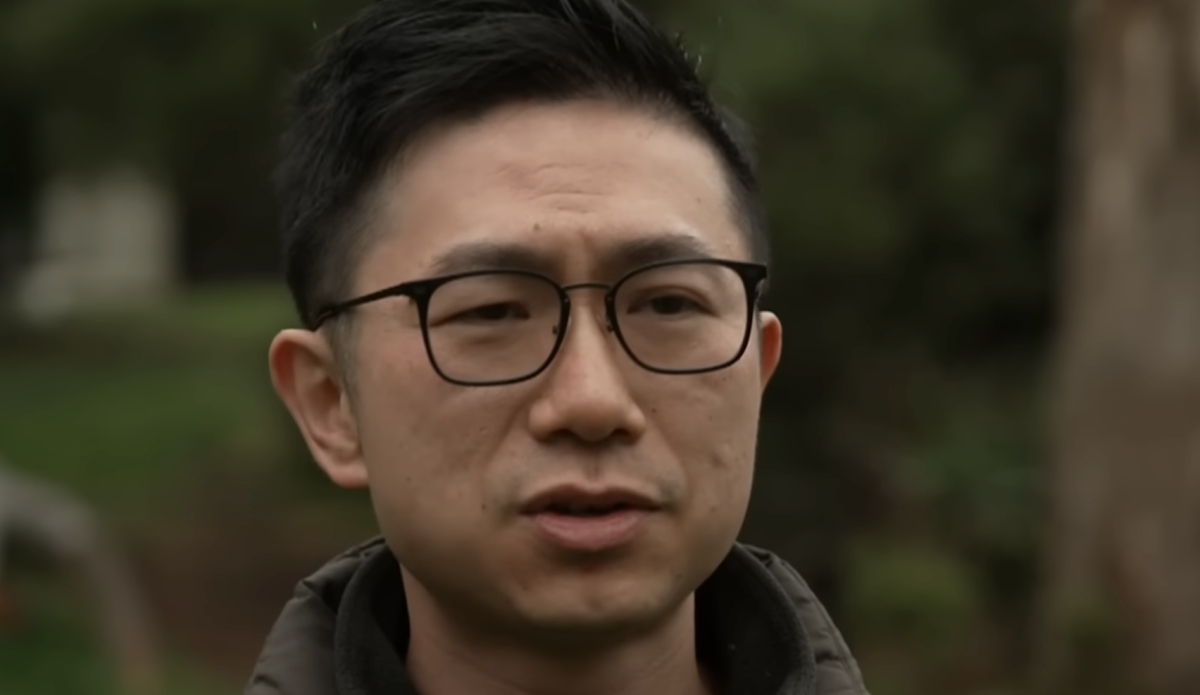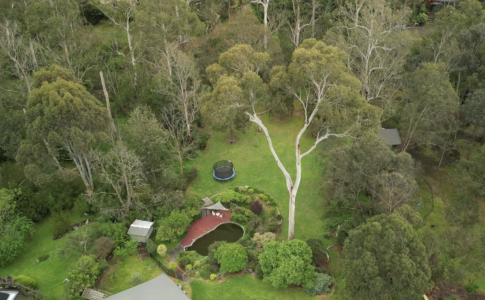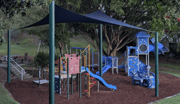
It started as an ordinary safety concern—a worried dad, a backyard hazard, and a call to the local council for advice. But what should have been a straightforward fix quickly turned into a bureaucratic nightmare that left one Melbourne homeowner facing thousands in unexpected costs.
‘That was a surprise to us’
John, an optometrist and father of two from Nillumbik Shire in Melbourne’s northeast, said the 30-metre-tall gum towering over his yard had become a real worry.
Heavy branches were falling close to where his children played, and all he wanted was to make the space safe again.
When John reached out to his council for permission to remove the tree, he said he was blindsided by the fees involved.
The first was a $5,000 ‘tree offset credit’—a lesser-known charge some Australian councils apply to offset the loss of canopy cover. ‘That was a surprise to us,’ he said, adding that it doesn’t even cover the cost of cutting down the tree itself.
Tree removal was quoted at another $2,700, and the council required a biodiversity report to assess the tree’s ecological value—bringing the total to nearly $10,000.
‘It is a lot of money; we could have used it to do maintenance on the house,’ John said. ‘I felt, for me, it’s a dangerous tree. I have to pay that much money to make my family safe.’
Council says offsets protect biodiversity
Nillumbik Shire Council confirmed it is reviewing a planning application to remove the tree.
A spokesperson explained that native vegetation offsets are ‘compensatory measures that aim to balance the ecological impact of vegetation removal by protecting native vegetation with similar habitat and biodiversity value elsewhere in the local area’.
They added that applicants must provide a Native Vegetation Removal Report before the final offset cost can be confirmed.
Balancing safety and conservation
John said he understands the goal of preserving local greenery but believes councils should show leniency when safety is clearly at risk. ‘I get that they want to protect the environment,’ he said. ‘But when branches are falling where my kids play, it’s hard to justify paying that much just to stay safe.’
Other residents have voiced similar frustrations, saying that while environmental protections matter, the process can feel unfair when urgent hazards are involved.
What to do if you’re facing a similar issue
If you’re dealing with a potentially dangerous tree on your property, consider these steps:
- Document the danger: Take photos and keep a record of fallen branches or damage.
- Get an independent arborist’s report: This can help support your case with the council.
- Ask about fees upfront: Councils may charge offset credits or reporting costs.
- Check your insurance: Some policies cover tree damage or removal.
- Request a safety exemption: If the risk is clear, ask whether the council can reduce or waive fees.
In the end, John’s story is a reminder of how everyday Australians can find themselves caught between common sense and council policy.
While local rules are meant to protect the environment, they can sometimes leave residents feeling punished for simply trying to stay safe.
For many homeowners, it raises an uncomfortable question—where should the line be drawn between protecting nature and protecting people?
Read next: THIS new council maps that could make your home uninsurable overnight
Have you ever had a small home issue turn into a costly battle with your local council? Share your experience in the comments below.








